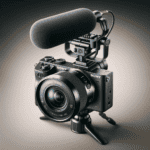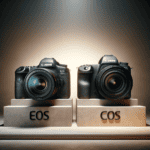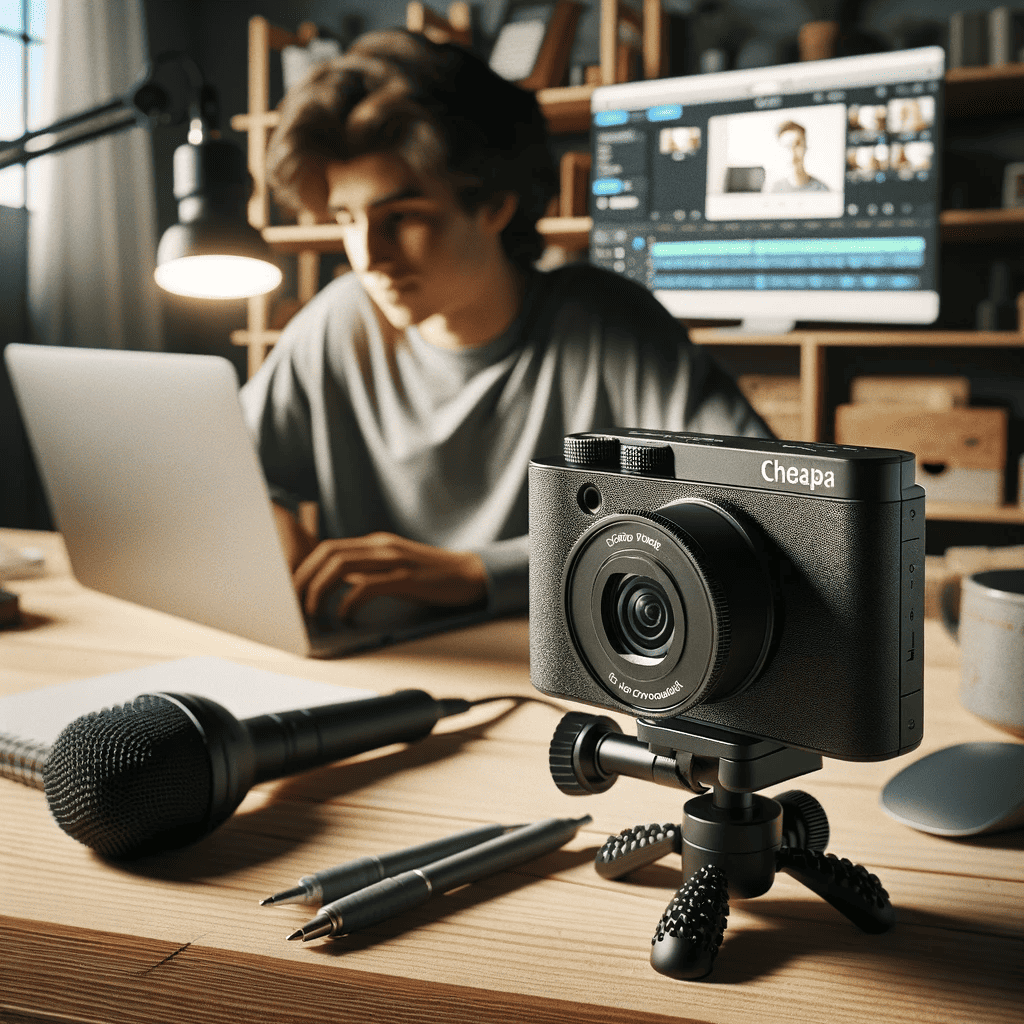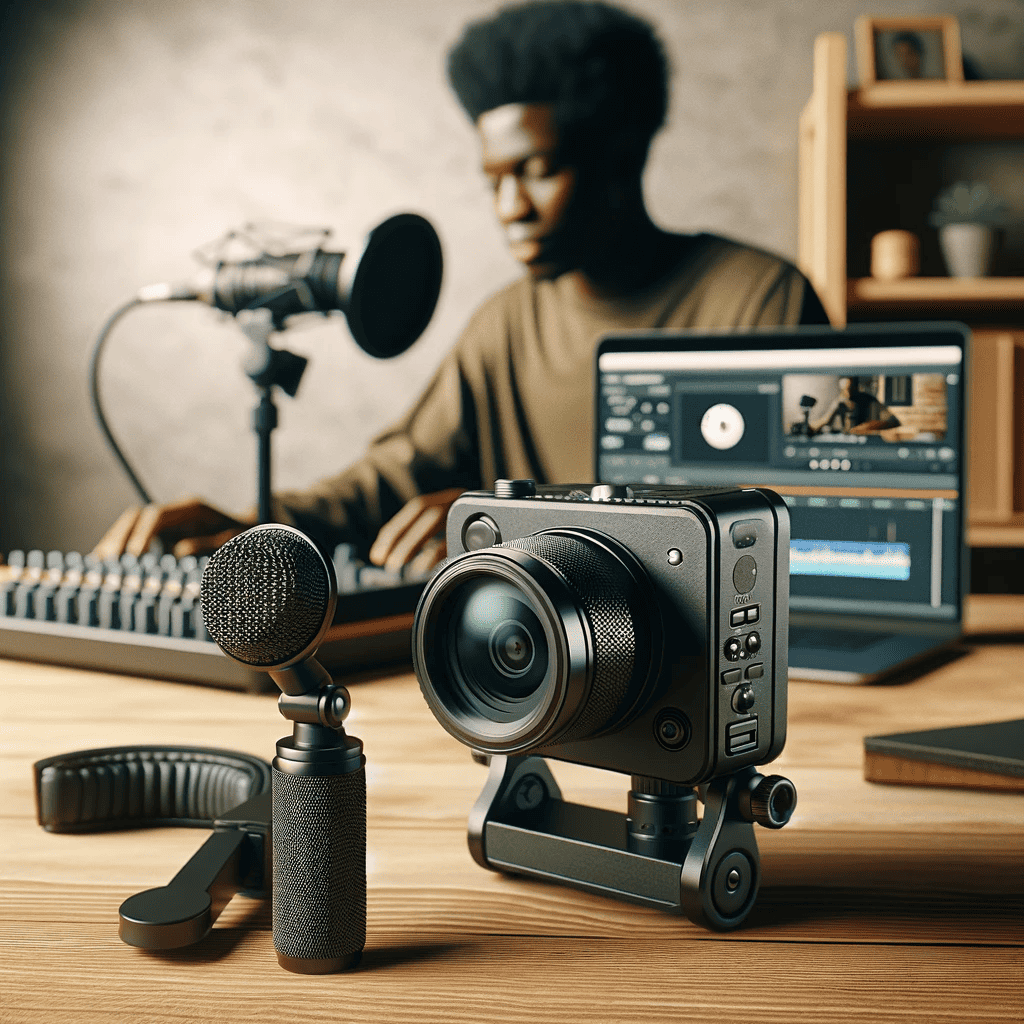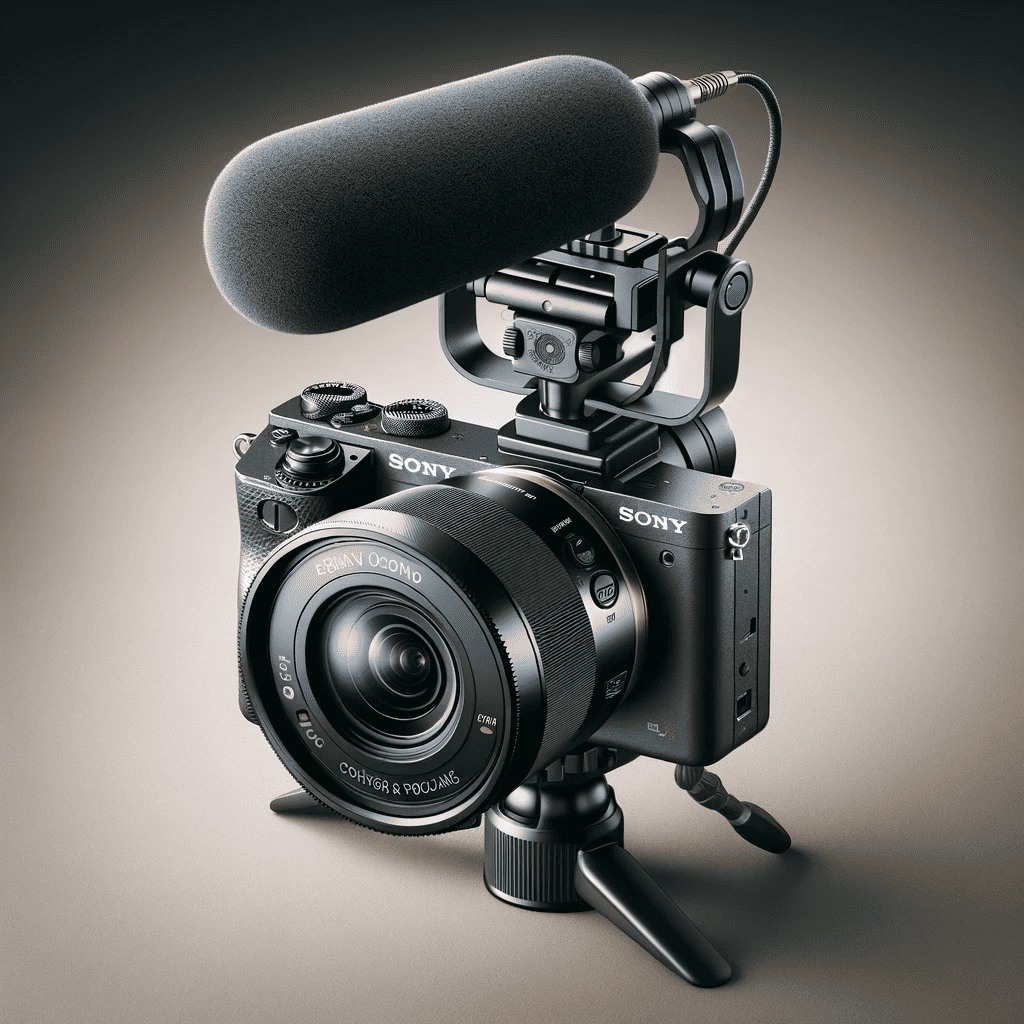Introduction
Infrared photography, a captivating genre, captures light outside the visible spectrum, allowing us to explore a hidden world of ethereal landscapes and unique perspectives. As an art form, it adds a touch of mystique and otherworldly beauty to our visual experiences.
Brief Explanation of Infrared Photography
Infrared photography involves using specialized equipment or modifying digital cameras to capture light beyond the range of human perception. Infrared light exists just beyond the red end of the visible spectrum and is characterized by longer wavelengths. This invisible light interacts differently with various subjects, resulting in striking and surreal imagery.
Importance of Choosing the Right Digital Camera for Infrared Photography

Choosing the right digital camera for infrared photography is crucial as it significantly impacts the quality and artistic expression achievable in this unique genre. The selection process involves considering several factors to ensure optimal results.
A dedicated infrared camera or one converted specifically for infrared imaging generally delivers superior performance compared to simply using an IR filter on a regular camera. Having a suitable digital camera allows photographers to explore different aspects of infrared photography by capturing stunning details that often go unnoticed by our eyes.
It enables them to experiment with various techniques such as long exposures, false-color rendering, and creative post-processing, expanding their artistic possibilities and expressing their vision in captivating ways. Investing in the right camera ensures that photographers can fully immerse themselves in this mesmerizing realm of infrared photography exploration.
Understanding Infrared Photography
The Hidden World of Infrared Light
Infrared photography unveils a hidden world beyond what the human eye can perceive. Infrared light is electromagnetic radiation with longer wavelengths than visible light, ranging from approximately 700 nanometers to 1 millimeter. Unlike visible light, which our eyes are sensitive to, infrared light is invisible to us without specialized equipment.
Unveiling the Distinctions: Near-Infrared (NIR) vs Thermal-Infrared (TIR)
It’s important to distinguish between near-infrared (NIR) and thermal-infrared (TIR) photography. NIR photography captures the wavelengths closest to visible light, typically ranging from 700 nm to 900 nm.
This type of infrared photography reveals unique characteristics such as foliage appearing bright white and clear skies appearing dark. On the other hand, TIR photography focuses on capturing heat signatures emitted by objects.
It covers a broader wavelength range from around 8,000 nm to 15,000 nm. TIR allows for fascinating applications like detecting heat loss in buildings or identifying wildlife at night by their body temperature variations.
Applications and Benefits of Infrared Photography
Infrared photography finds extensive use in various fields due to its ability to reveal details not visible in regular photographs. Archaeologists employ NIR imaging to uncover hidden patterns in ancient artifacts by analyzing their reflectance properties under different infrared wavelengths.
In agriculture, farmers use TIR imagery for monitoring crop health and irrigation needs based on variations in plant temperature. Aerial infrared surveys aid in forest fire detection by spotting hotspots before they escalate into full-blown fires.
Moreover, astrophotographers harness infrared capabilities for capturing stars and galaxies obscured by cosmic dust clouds that are impenetrable at visible wavelengths. Understanding the properties of infrared light, differentiating between NIR and TIR photography, and exploring its diverse applications and benefits provide a solid foundation for delving into the world of infrared photography.
Sensor sensitivity: Capturing Infrared Light

Discussing the importance of a camera’s ability to capture infrared light is crucial in infrared photography. Understanding sensor sensitivity plays a vital role in obtaining high-quality infrared images.
Full spectrum conversion vs dedicated IR cameras can significantly impact the camera’s performance in capturing infrared light. Full spectrum conversion cameras are modified to capture both visible and infrared light, providing flexibility for different types of photography.
Dedicated IR cameras, on the other hand, are specifically designed to capture only infrared light, resulting in enhanced image quality and sensitivity for infrared photography. Choosing between native and modified cameras is another important consideration.
Native cameras have their original sensors optimized for visible light, which might limit their ability to capture adequate amounts of infrared light. On the other hand, modified cameras undergo sensor modifications to improve their sensitivity to infrared wavelengths, enabling better results in infrared photography.
Lens compatibility: Optimal Results
Highlighting the significance of lens selection is crucial for achieving optimal results in infrared photography. The choice of lens can greatly impact the final image quality and aesthetic appeal. Understanding the impact of lens coatings on infrared images is essential.
Some lenses may have coatings that block or attenuate certain wavelengths of light, including the desired infrared range. It’s important to choose lenses with minimal or no coatings that would interfere with capturing quality IR images.
Recommendations for lenses suitable for capturing infrared light include those with wider spectral response ranges that extend into the near-infrared region. These lenses are specifically designed or modified to be more sensitive to capturing accurate and detailed IR images.
Image quality: Fine Details and Dynamic Range
Exploring the impact of megapixels, dynamic range, and noise performance on infrared images helps ensure excellent image quality in this unique form of photography. The role of sensor resolution cannot be overlooked as it directly affects capturing fine details in IR photos. Higher megapixels allow for increased image resolution and finer details, enabling the photographer to capture intricate textures and patterns in infrared subjects.
Dynamic range considerations are crucial for handling high contrast scenes in infrared photography. A wider dynamic range allows for better preservation of tonal details across different lighting conditions, ensuring the preservation of highlights and shadows without loss of information.
Noise performance at higher ISO settings is another significant factor to consider. Infrared images often require higher ISO settings due to the low levels of available light.
A camera with excellent noise performance at higher ISO values will result in cleaner and more detailed infrared images, minimizing unwanted grain or noise. By carefully considering these factors, photographers can make informed decisions when choosing a digital camera for infrared photography, ensuring optimal sensor sensitivity, lens compatibility, and overall image quality.
Top Digital Cameras for Infrared Photography
A Review and Comparison:
A Canon EOS R5: Discusses its full-frame sensor capabilities and excellent low-light performance. Highlights its high-resolution image sensor, ideal for capturing fine details in IR photos.
Mentions Canon’s extensive lens lineup that offers various options suitable for IR photography. Fujifilm X-T4: Emphasizes Fujifilm’s renowned film simulation modes that can enhance IR images.
Discusses its advanced image stabilization system that ensures sharp photos even in challenging shooting conditions. The Canon EOS R5 is a powerhouse when it comes to infrared photography.
Its full-frame sensor excels at capturing detailed images with accurate colors, making it a top choice for professional photographers. The camera’s exceptional low-light performance ensures stunning results even in dimly lit environments.
With its high-resolution image sensor, the EOS R5 is capable of capturing fine details, allowing you to create compelling infrared photos with intricate textures and patterns. Additionally, Canon’s extensive lens lineup provides numerous options suitable for infrared photography, catering to different shooting styles and preferences.
On the other hand, the Fujifilm X-T4 stands out with its incredible film simulation modes that can breathe life into your infrared images. These simulation modes mimic classic film stocks known for their unique color rendering, adding an artistic touch to your photos.
The X-T4 also features an advanced image stabilization system that compensates for camera shake, ensuring sharp shots even when shooting handheld or in challenging conditions. This camera strikes a perfect balance between performance and versatility, making it a great choice for both amateur and professional photographers looking to explore the fascinating world of infrared photography.
Conclusion
Infrared photography opens up a new realm of creative possibilities, allowing photographers to capture striking images with unique perspectives. When choosing a digital camera for infrared photography, the Canon EOS R5 and Fujifilm X-T4 are two excellent options to consider. The Canon EOS R5 impresses with its full-frame sensor capabilities and extensive lens lineup, while the Fujifilm X-T4 stands out with its exceptional film simulation modes and advanced image stabilization system.
Whichever camera you choose, you can embark on an exciting journey of infrared photography, capturing ethereal landscapes, revealing hidden details, and uncovering a whole new dimension of visual storytelling. So grab your gear and delve into the world of infrared photography with confidence and enthusiasm!



